Throughout America’s darkest period, extraordinary individuals refused to accept the chains of slavery. These brave men and women risked torture, separation from loved ones, and death for a chance at freedom. Their stories remind us of both the terrible injustice of slavery and the incredible human spirit that fought against it.
1. Ellen and William Craft
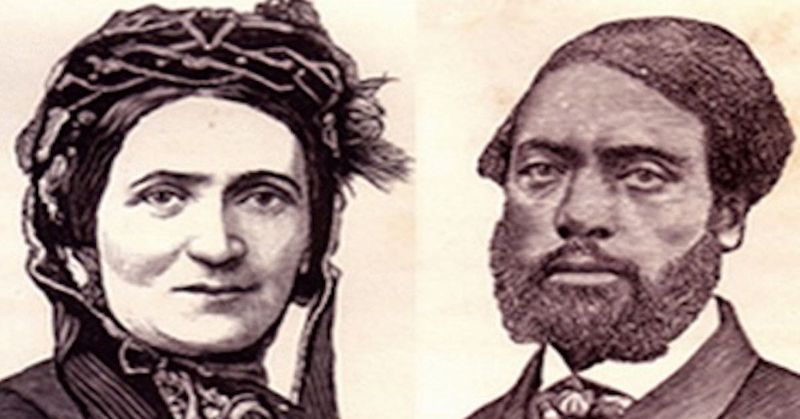
Marriage often meant heartbreak for enslaved couples, but Ellen and William Craft transformed their bond into an ingenious path to freedom. Light-skinned Ellen disguised herself as a young, sickly white plantation owner, while her husband William posed as her devoted slave.
Their audacious 1848 journey from Georgia to Philadelphia required Ellen to overcome her inability to read and write, explain her bandaged face, and maintain her disguise through four days of public transportation. At every turn, they risked discovery, separation, and severe punishment.
After reaching freedom, the Crafts became celebrated abolitionists, even traveling to England when the Fugitive Slave Act threatened their recapture. Their escape demonstrated extraordinary courage, creativity, and devotion to each other.
2. Henry “Box” Brown
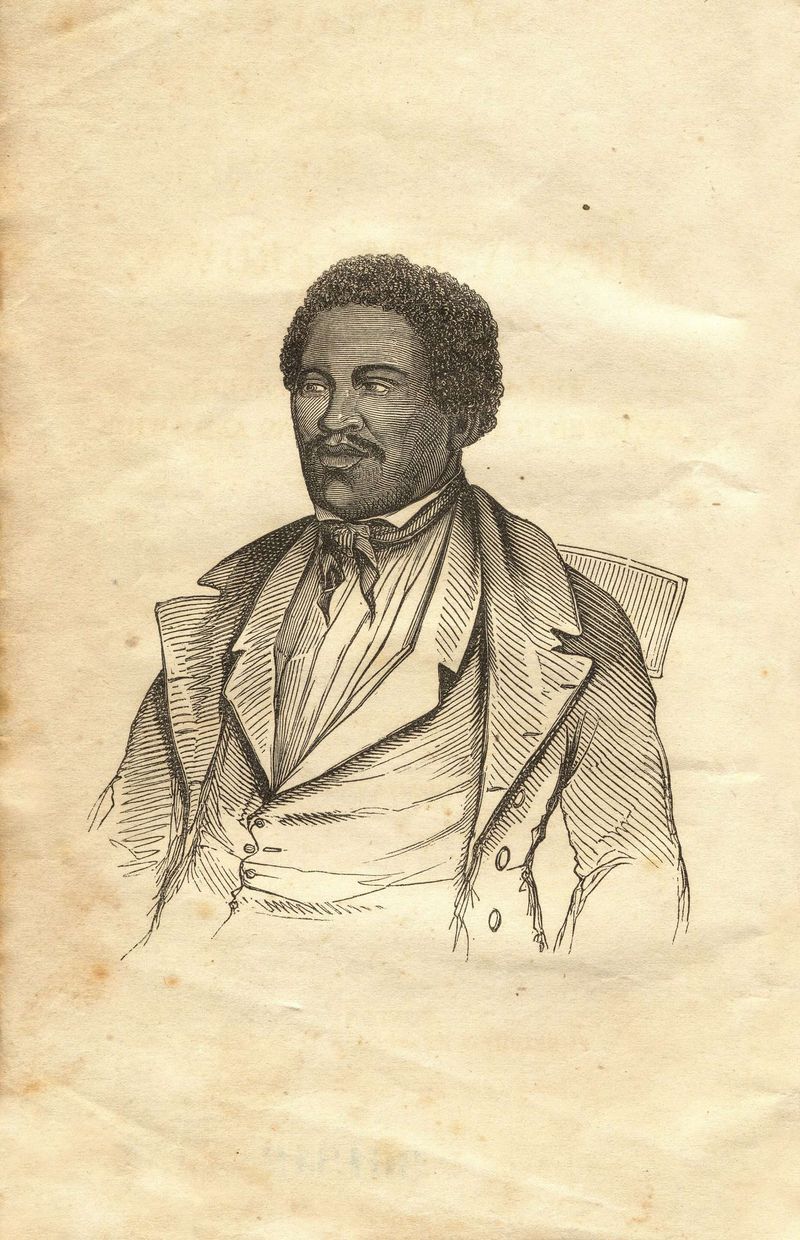
After his wife and children were sold away from him, Henry Brown conceived perhaps the most creative escape from slavery in American history. In March 1849, with the help of a sympathetic white shopkeeper, Brown had himself nailed inside a wooden crate labeled “dry goods” and shipped from Richmond, Virginia, to Philadelphia.
For 27 excruciating hours, Brown endured being turned upside down, roughly handled, and nearly suffocated. Upon his delivery to the Philadelphia Anti-Slavery Society, he emerged and famously greeted them with “How do you do, gentlemen?”
Brown later became an abolitionist speaker and performer, even recreating his escape in a panorama show that toured America and Europe, boldly publicizing his extraordinary journey to freedom.
3. Sojourner Truth
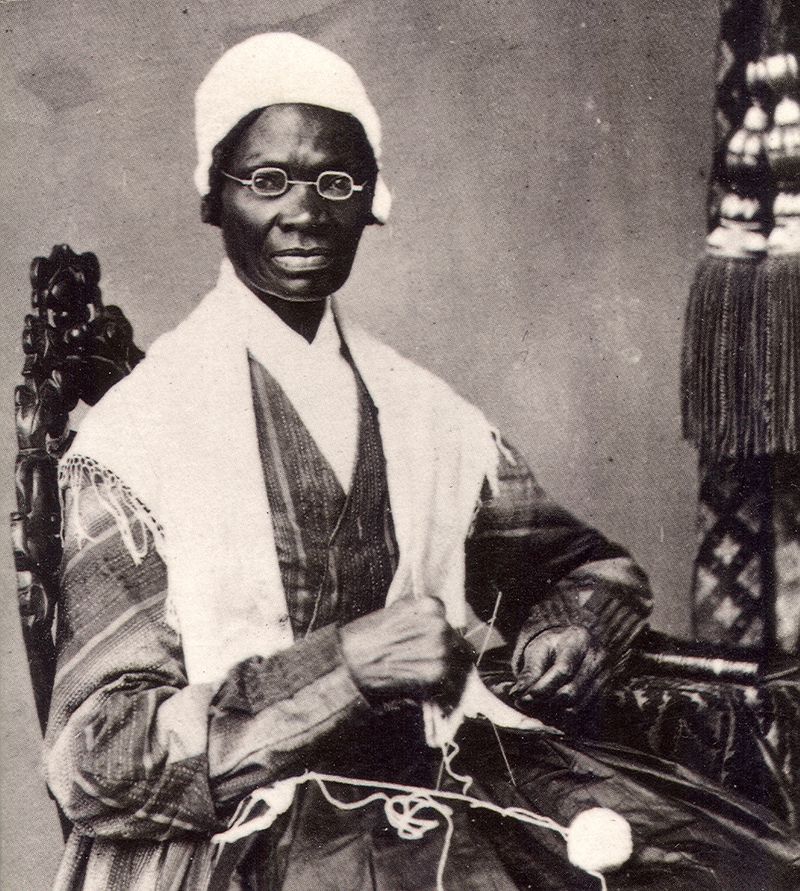
Standing nearly six feet tall with a powerful voice that commanded attention, Sojourner Truth transformed herself from an enslaved woman named Isabella Baumfree into one of America’s most compelling advocates for both abolition and women’s rights. After gaining her freedom in 1827, she successfully sued to recover her son who had been illegally sold out of state.
At the 1851 Women’s Rights Convention in Akron, Ohio, Truth delivered her famous “Ain’t I a Woman?” speech. “I have plowed and planted and gathered into barns, and no man could head me—and ain’t I a woman?”
Until her death in 1883, Truth continued speaking truth to power with unmatched moral authority.
4. Harriet Tubman
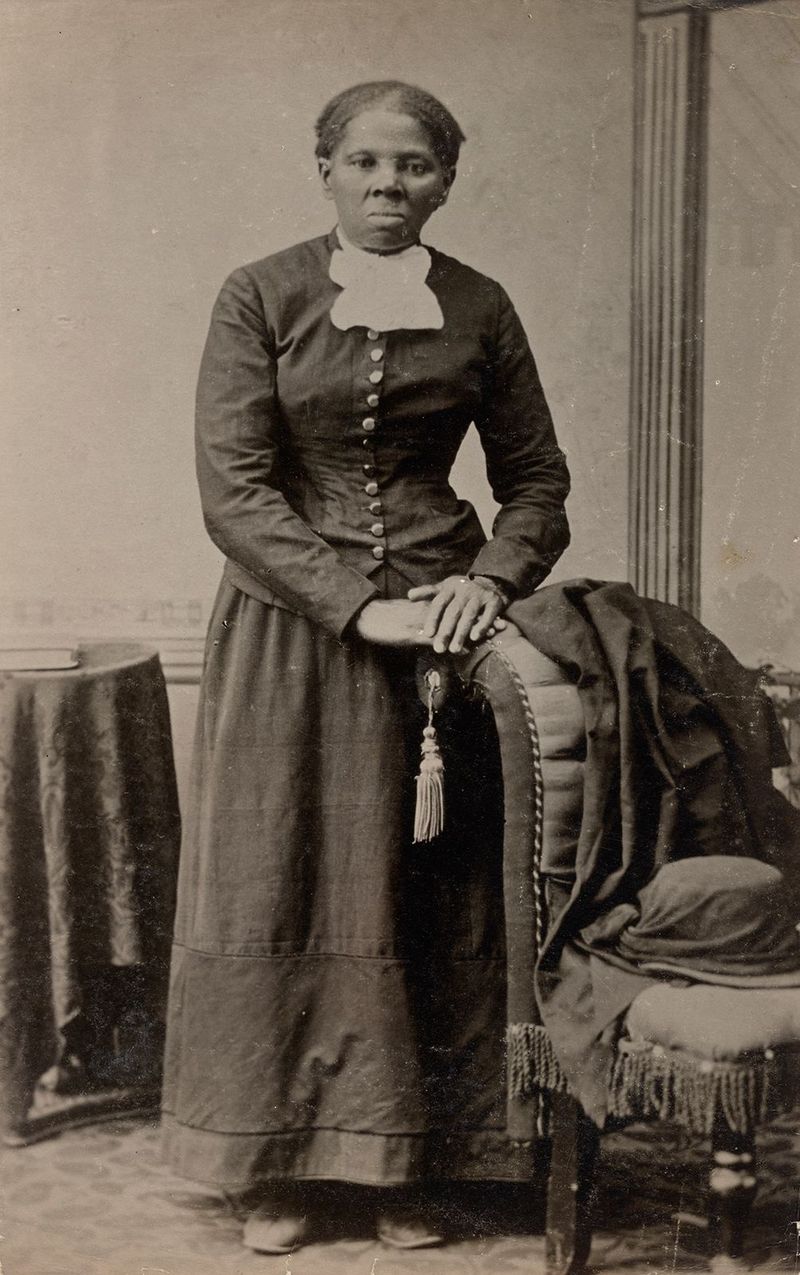
Born into bondage around 1822, Harriet Tubman escaped to freedom only to repeatedly risk her life by returning to slave territory. After securing her own liberty in 1849, she became the Underground Railroad’s most famous ‘conductor,’ guiding approximately 70 enslaved people to freedom.
Armed with a pistol and unwavering determination, Tubman navigated treacherous terrain and outwitted slave catchers who had placed a $40,000 bounty on her head. She famously declared, “I never ran my train off the track and I never lost a passenger.”
During the Civil War, Tubman served as a Union spy, scout, and nurse, becoming the first American woman to lead a military expedition.
5. Frederick Douglass
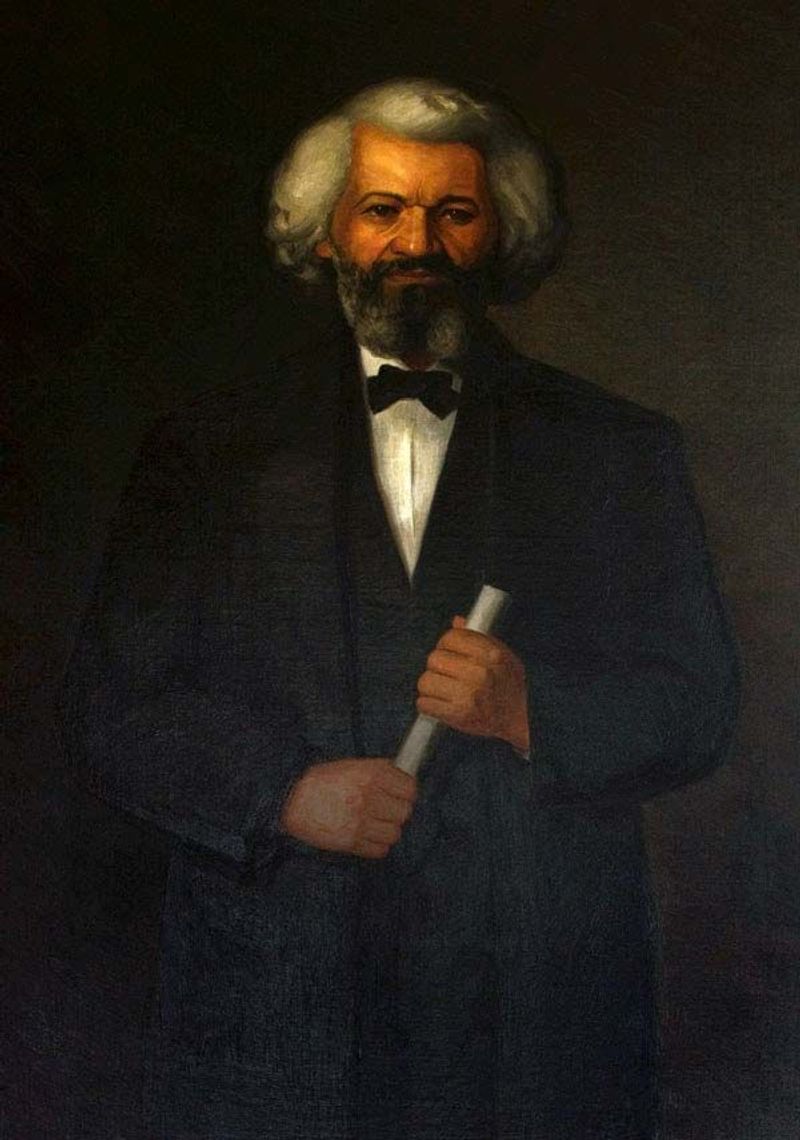
Snatching literacy despite laws forbidding enslaved people from learning to read, Frederick Douglass transformed himself from property to one of America’s greatest orators and writers. His escape from Maryland slavery in 1838 marked the beginning of his remarkable journey as an abolitionist leader.
Douglass’s powerful autobiographies exposed slavery’s brutality to Northern audiences who had never witnessed its horrors firsthand. His commanding presence and eloquent speeches drew massive crowds throughout America and Europe.
“Power concedes nothing without a demand,” he famously declared, challenging both slavery and racism until his death in 1895, having served as a trusted advisor to President Lincoln.
6. Nat Turner
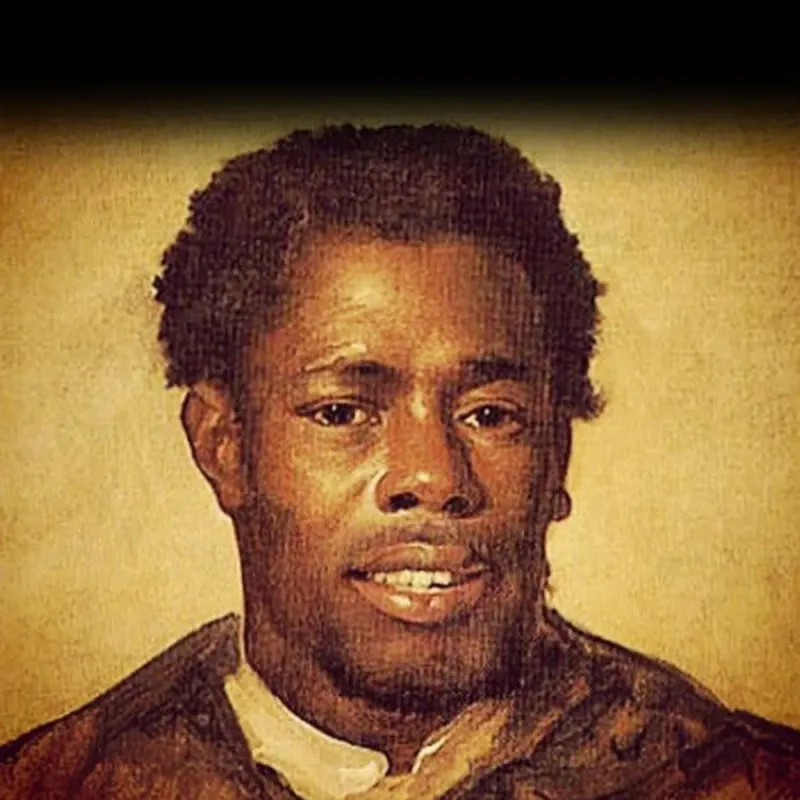
Deeply religious and haunted by visions, Nat Turner believed God had chosen him for a special purpose. In August 1831, that purpose revealed itself when Turner led approximately 70 enslaved and free Black people in a rebellion that killed about 60 white Virginians.
Though quickly suppressed, Turner’s uprising sent shockwaves through the South. Slaveholders could no longer maintain the myth that enslaved people were content with their bondage. Turner evaded capture for two months before being caught, tried, and executed.
His rebellion triggered harsh new restrictions on enslaved people but also galvanized the abolitionist movement. Turner’s extraordinary courage represented the most dramatic form of resistance to an inhuman system.
7. Robert Smalls
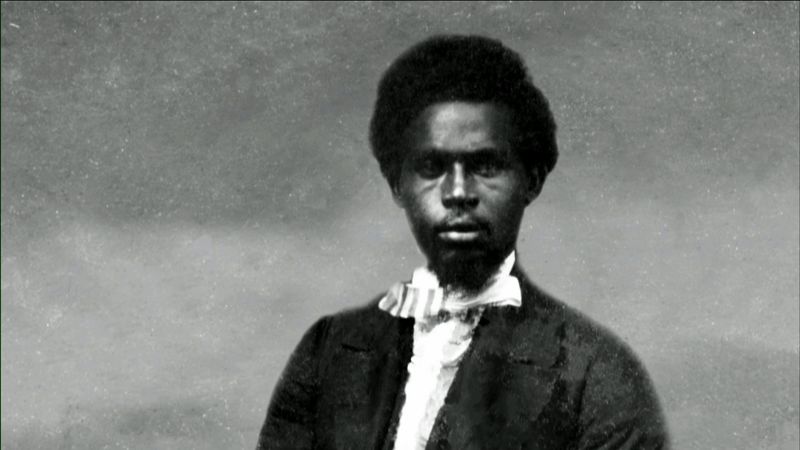
The daring of Robert Smalls outmatched any fictional adventure. Working as an enslaved harbor pilot in Charleston during the Civil War, Smalls masterminded an audacious escape in May 1862. While the white crew was ashore, he commandeered the Confederate transport ship Planter, picked up his family and other enslaved people, and navigated past heavily armed Confederate checkpoints.
Flying the white flag of surrender, Smalls delivered the valuable vessel and its cargo of weapons to the Union blockade. His intimate knowledge of Confederate defenses proved invaluable to Union forces.
After the war, Smalls served five terms in Congress, purchased his former master’s house, and helped write South Carolina’s new constitution, ensuring public education for all children.
8. Dred Scott
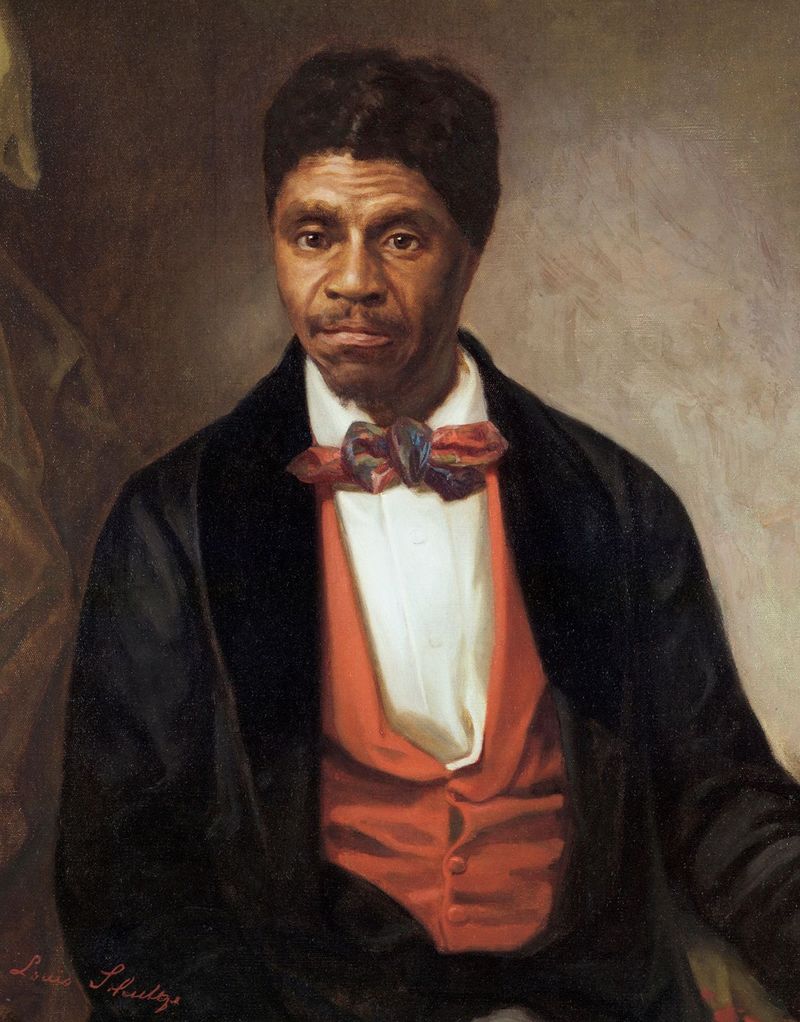
When Dred Scott and his wife Harriet filed a lawsuit for their freedom in 1846, they could not have imagined how their case would reshape American history. Their simple argument—that living in free territories with their owner had made them legally free—eventually reached the Supreme Court in 1857.
Chief Justice Roger Taney’s devastating ruling declared that Black people “had no rights which the white man was bound to respect” and that Scott remained enslaved property. The decision shocked the nation, inflaming tensions between North and South.
Though Scott lost his case, he and Harriet eventually gained freedom when new owners purchased and freed them. The controversial ruling helped propel Abraham Lincoln to the presidency and the nation toward Civil War.
9. Margaret Garner
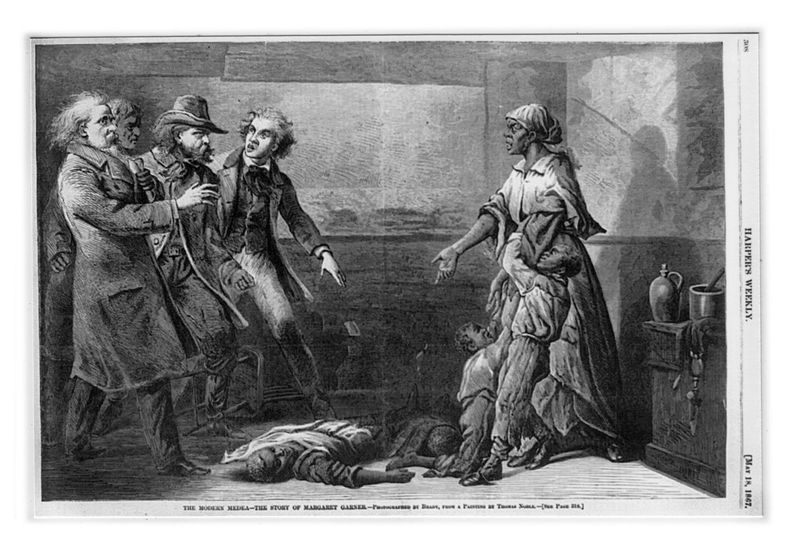
On a freezing January night in 1856, Margaret Garner and her family escaped across the ice-covered Ohio River from Kentucky to Cincinnati. When slave catchers surrounded their hiding place, Garner made an unthinkable choice—she killed her two-year-old daughter rather than see her returned to slavery.
“I will go singing to the gallows rather than be returned to slavery!” Garner reportedly declared. Her desperate act shocked the nation, forcing Americans to confront slavery’s devastating impact on mothers and children.
Despite abolitionists’ efforts to try Garner for murder in Ohio (which would establish her as a person, not property), she was returned to Kentucky as a fugitive slave. Her tragic story later inspired Toni Morrison’s novel “Beloved.”
10. Harriet Jacobs
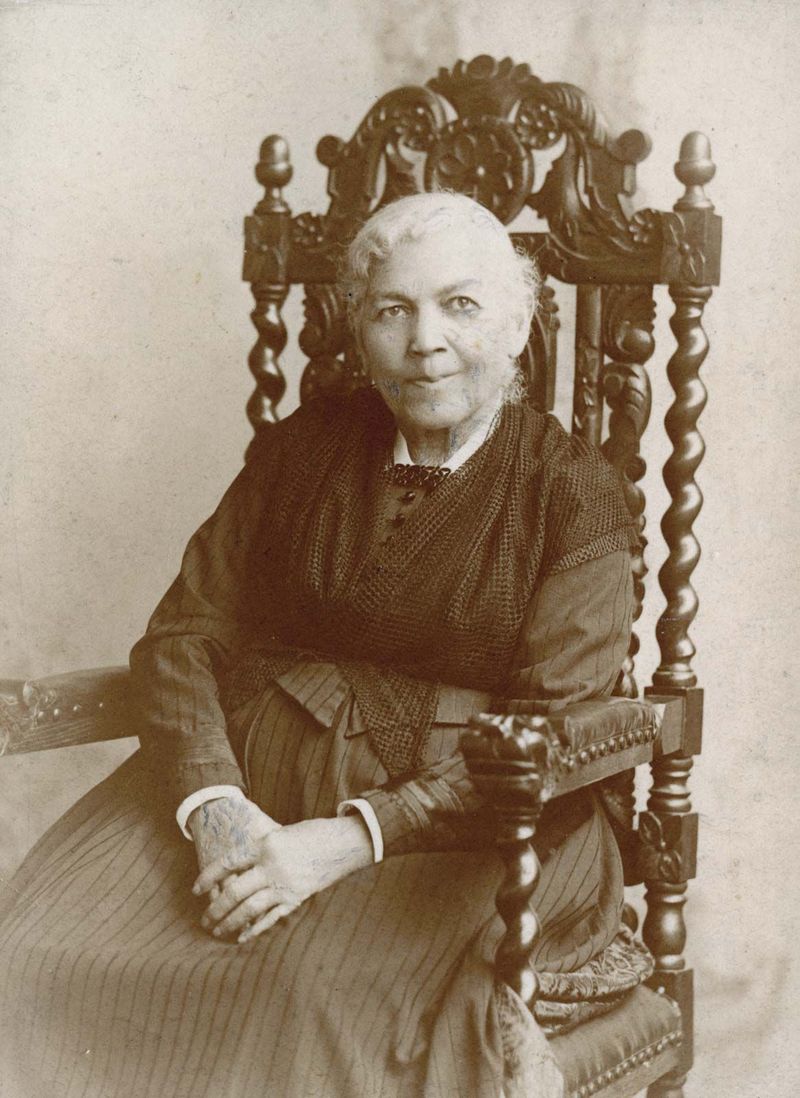
For seven long years, Harriet Jacobs lived in a crawlspace above her grandmother’s shed—a space just three feet high at its tallest point. Her self-imprisonment was the only escape from a predatory master who threatened her children’s welfare if she fled North.
From her hiding place, Jacobs could see her children but couldn’t speak to them. Finally escaping to New York in 1842, she later published “Incidents in the Life of a Slave Girl” under the pseudonym Linda Brent, exposing slavery’s particular horrors for women.
“Slavery is terrible for men; but it is far more terrible for women,” she wrote, detailing exploitation that male slave narratives often omitted. Her extraordinary memoir remains a powerful testament to a mother’s sacrifice and determination.
11. James Armistead Lafayette
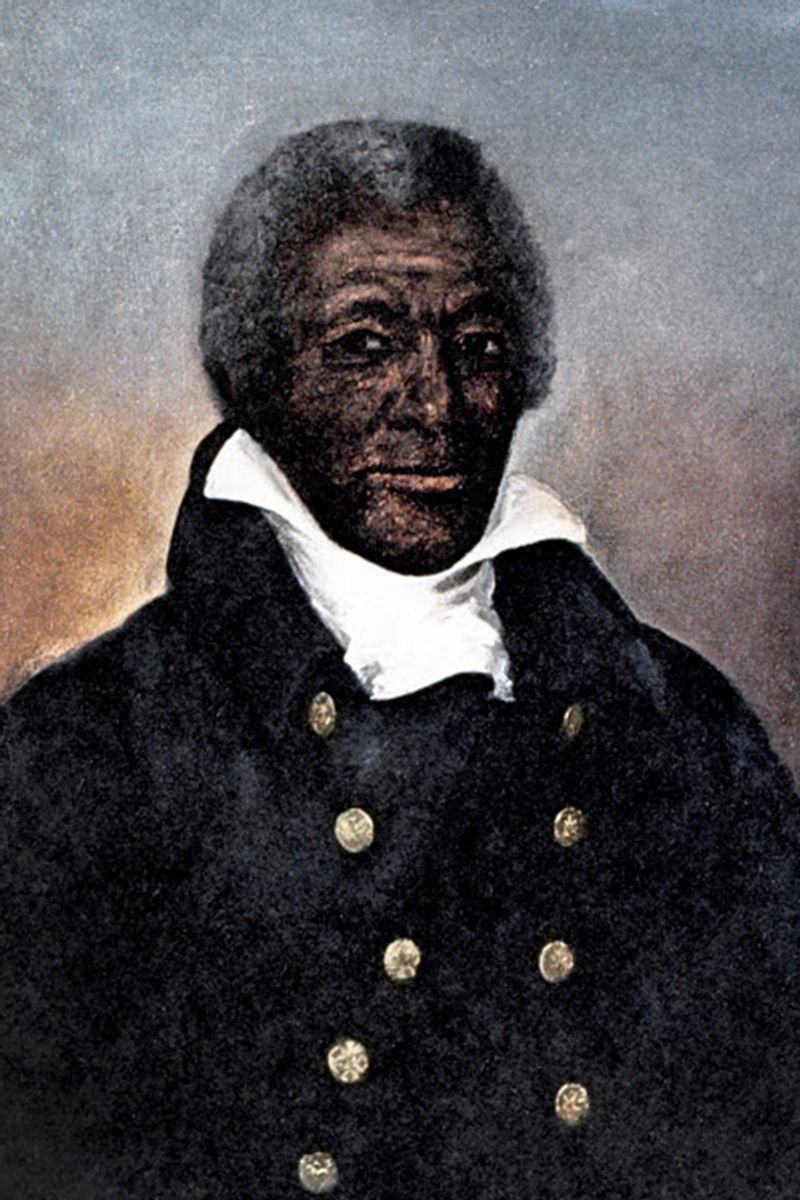
While many fought for America’s freedom during the Revolutionary War, James Armistead remained enslaved—yet still risked everything for the new nation. With his owner’s permission, Armistead volunteered to serve under the Marquis de Lafayette in 1781, taking on the dangerous role of double agent.
Posing as a runaway slave, Armistead infiltrated British General Cornwallis’s headquarters, gaining his trust while gathering crucial intelligence about British troop movements. He then fed false information back to the British while delivering accurate reports to American forces.
Armistead’s intelligence proved decisive in the Battle of Yorktown. After the war, with Lafayette’s support, Virginia’s General Assembly granted him freedom in 1787. In gratitude, he added “Lafayette” to his name.

Comments
Loading…